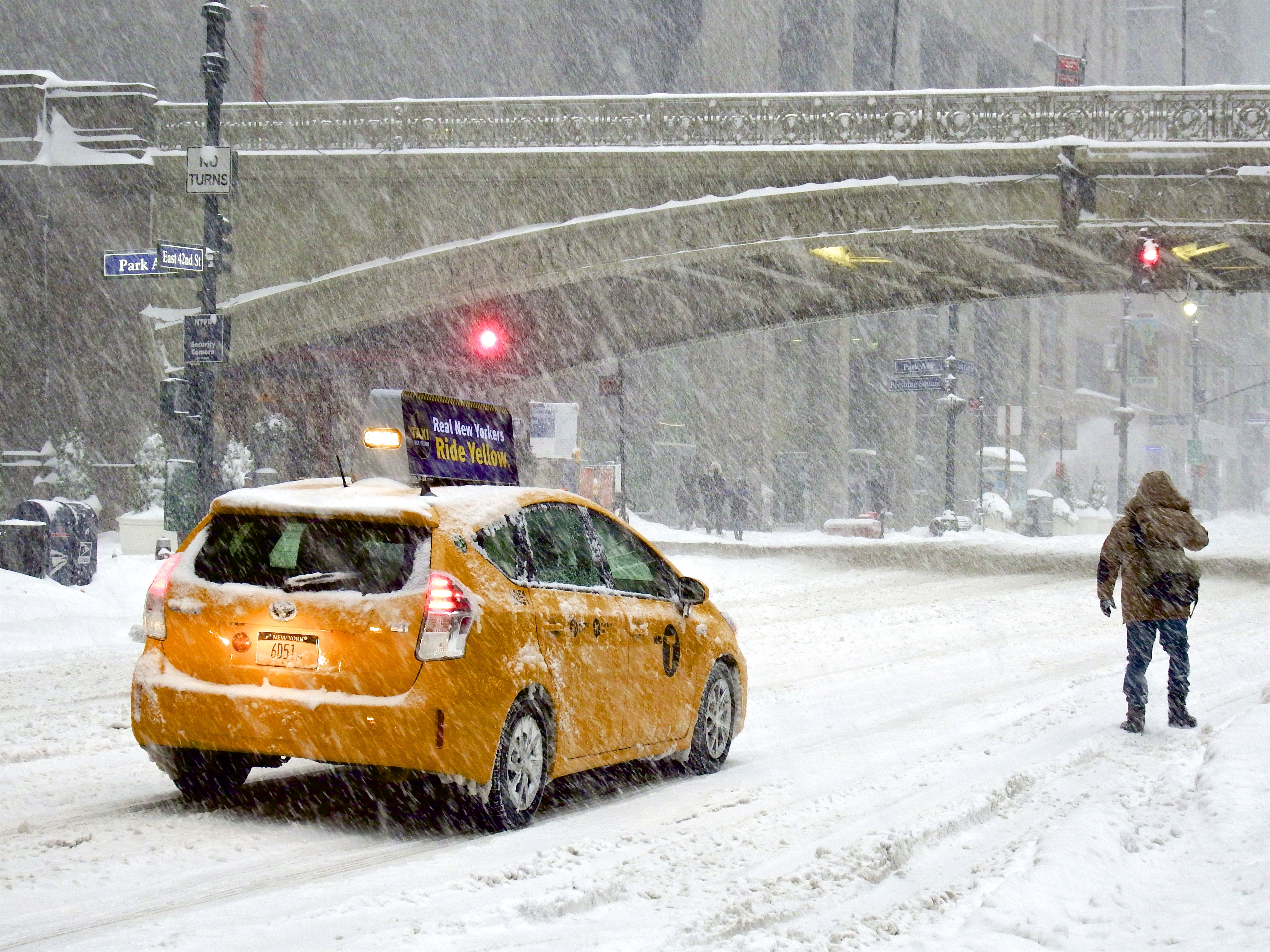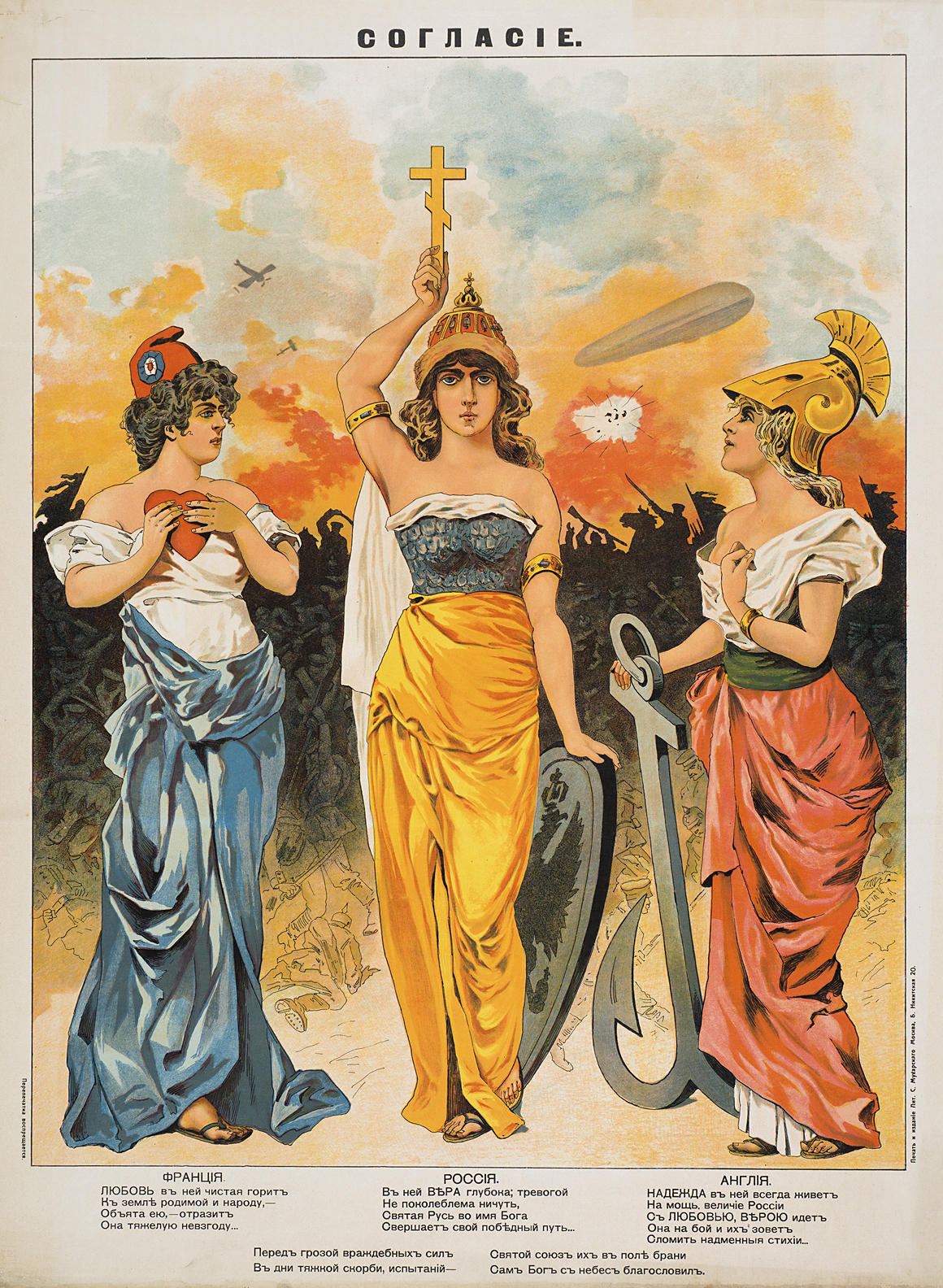|
Christmas Battles
The Christmas Battles ( lv, Ziemassvētku kaujas; german: Aa-Schlachten; russian: Митавская операция) were offensive operations of the Russian army and Latvian units during World War I in the area of Jelgava, Latvia, by the Russian 12th Army of the Northern Front. They took place from December 23 until December 29, 1916 according to the calendar used in Russia at the time (or January 5 to January 11, 1917 according to the Gregorian Calendar then in use in the West and now in use almost everywhere), The Army was commanded by Gen. Radko Dimitriev; it was opposed by the 8th German Army. The battles took place in a swampy region, ''Tīreļpurvs'' (Tīrelis Swamp), between Lake Babīte and Jelgava. The main assault force was the VI Siberian Rifle Corps which included two Latvian Riflemen brigades ("strēlnieki" who became a part of Latvian folklore and an important factor in the Latvian national awakening movement). Background The German 8th army's advance was ... [...More Info...] [...Related Items...] OR: [Wikipedia] [Google] [Baidu] |
Eastern Front (World War I)
The Eastern Front or Eastern Theater of World War I (german: Ostfront; ro, Frontul de răsărit; russian: Восточный фронт, Vostochny front) was a theater (warfare), theater of operations that encompassed at its greatest extent the entire frontier between Russian Empire, Russia and Kingdom of Romania, Romania on one side and Austria-Hungary, Kingdom of Bulgaria, Bulgaria, the Ottoman Empire, Ottoman Empire, and German Empire, Germany on the other. It stretched from the Baltic Sea in the north to the Black Sea in the south, involved most of Eastern Europe, and stretched deep into Central Europe as well. The term contrasts with "Western Front (World War I), Western Front", which was being fought in Belgium and French Third Republic, France. During 1910, Russian General Yuri Danilov developed "Plan 19" under which four armies would invade East Prussia. This plan was criticised as Austria-Hungary could be a greater threat than the German Empire. So instead of four arm ... [...More Info...] [...Related Items...] OR: [Wikipedia] [Google] [Baidu] |
Russian Revolution
The Russian Revolution was a period of Political revolution (Trotskyism), political and social revolution that took place in the former Russian Empire which began during the First World War. This period saw Russia abolish its monarchy and adopt a socialist form of government following two successive revolutions and a bloody civil war. The Russian Revolution can also be seen as the precursor for the other European revolutions that occurred during or in the aftermath of WWI, such as the German Revolution of 1918–1919, German Revolution of 1918. The Russian Revolution was inaugurated with the February Revolution in 1917. This first revolt focused in and around the then-capital Petrograd (now Saint Petersburg). After major military losses during the war, the Russian Army had begun to mutiny. Army leaders and high ranking officials were convinced that if Nicholas II of Russia, Tsar Nicholas II abdicated, the domestic unrest would subside. Nicholas agreed and stepped down, usher ... [...More Info...] [...Related Items...] OR: [Wikipedia] [Google] [Baidu] |
Defensive Line
In gridiron football, a lineman is a player who specializes in play at the line of scrimmage. The linemen of the team currently in possession of the ball are the offensive line, while linemen on the opposing team are the defensive line. A number of NFL rules specifically address restrictions and requirements for the offensive line, whose job is to help protect the quarterback from getting sacked for a loss, or worse, fumbling. The defensive line is covered by the same rules that apply to all defensive players. Linemen are usually the largest players on the field in both height and weight, since their positions usually require less running and more strength than skill positions. Offensive line The offensive line consists of the center, who is responsible for snapping the ball into play, two guards who flank the center, and two offensive tackles who flank the guards. In addition, a full offensive line may also include a tight end outside one or both of the tackles. An offensi ... [...More Info...] [...Related Items...] OR: [Wikipedia] [Google] [Baidu] |
Barbed Wire
A close-up view of a barbed wire Roll of modern agricultural barbed wire Barbed wire, also known as barb wire, is a type of steel fencing wire constructed with sharp edges or points arranged at intervals along the strands. Its primary use is the construction of inexpensive fences, and it is also used as a security measure atop walls surrounding property. As a wire obstacle, it is a major feature of the fortifications in trench warfare. A person or animal trying to pass through or over barbed wire will suffer discomfort and possibly injury. Barbed wire fencing requires only fence posts, wire, and fixing devices such as staples. It is simple to construct and quick to erect, even by an unskilled person. The first patent in the United States for barbed wire was issued in 1867 to Lucien B. Smith of Kent, Ohio, who is regarded as the inventor. Joseph F. Glidden of DeKalb, Illinois, received a patent for the modern invention in 1874 after he made his own modifications to previous ... [...More Info...] [...Related Items...] OR: [Wikipedia] [Google] [Baidu] |
Snowstorm
A winter storm is an event in which wind coincides with varieties of precipitation that only occur at freezing temperatures, such as snow, Rain and snow mixed, mixed snow and rain, or freezing rain. In temperate continental climates, these storms are not necessarily restricted to the winter season, but may occur in the late autumn and early spring as well. A snowstorm with strong winds and other conditions meeting certain criteria is called a blizzard. Formation Winter storms are formed when moist air rises up into the atmosphere, creating Low-pressure area, low pressure near the ground and clouds up in the air. The air can also be pushed upwards by hills or large mountains. The upward motion is called Lift (force), lift. The moisture is collected by the wind from large bodies of water, such as a big lake or the ocean. If temperature is below freezing, , near the ground and up in the clouds, precipitation will fall as snow, ice, rain and snow mixed (sleet), ice pellets or eve ... [...More Info...] [...Related Items...] OR: [Wikipedia] [Google] [Baidu] |
Advance Guard
The vanguard (also called the advance guard) is the leading part of an advancing military formation. It has a number of functions, including seeking out the enemy and securing ground in advance of the main force. History The vanguard derives from the traditional division of a medieval army into three ''battles'' or ''wards''; the Van, the Main (or Middle), and the Rear. The term originated from the medieval French ''avant-garde'', i.e. "the advance guard". The vanguard would lead the line of march and would deploy first on the field of battle, either in front of the other wards or to the right if they deployed in line. The makeup of the vanguard of a 15th century Burgundian army is a typical example. This consisted of *A contingent of foreriders, from whom a forward detachment of scouts was drawn; *The main body of the vanguard, accompanied by civil officials and trumpeters to carry messages and summon enemy towns and castles to surrender; and *A body of workmen under the d ... [...More Info...] [...Related Items...] OR: [Wikipedia] [Google] [Baidu] |
Germans
, native_name_lang = de , region1 = , pop1 = 72,650,269 , region2 = , pop2 = 534,000 , region3 = , pop3 = 157,000 3,322,405 , region4 = , pop4 = 21,000 3,000,000 , region5 = , pop5 = 125,000 982,226 , region6 = , pop6 = 900,000 , region7 = , pop7 = 142,000 840,000 , region8 = , pop8 = 9,000 500,000 , region9 = , pop9 = 357,000 , region10 = , pop10 = 310,000 , region11 = , pop11 = 36,000 250,000 , region12 = , pop12 = 25,000 200,000 , region13 = , pop13 = 233,000 , region14 = , pop14 = 211,000 , region15 = , pop15 = 203,000 , region16 = , pop16 = 201,000 , region17 = , pop17 = 101,000 148,00 ... [...More Info...] [...Related Items...] OR: [Wikipedia] [Google] [Baidu] |
Christmas
Christmas is an annual festival commemorating Nativity of Jesus, the birth of Jesus, Jesus Christ, observed primarily on December 25 as a religious and cultural celebration among billions of people Observance of Christmas by country, around the world. A Calendar of saints, feast central to the Christian liturgical year, it is preceded by the season of Advent or the Nativity Fast and initiates the season of Christmastide, which historically in the West lasts Twelve Days of Christmas, twelve days and culminates on Twelfth Night (holiday), Twelfth Night. Christmas Day is a public holiday in List of holidays by country, many countries, is celebrated religiously by a majority of Christians, as well as Christian culture, culturally by many non-Christians, and forms an integral part of the Christmas and holiday season, holiday season organized around it. The traditional Christmas narrative recounted in the New Testament, known as the Nativity of Jesus, says that Jesus was born in Bet ... [...More Info...] [...Related Items...] OR: [Wikipedia] [Google] [Baidu] |
Battle Of Verdun
The Battle of Verdun (french: Bataille de Verdun ; german: Schlacht um Verdun ) was fought from 21 February to 18 December 1916 on the Western Front in France. The battle was the longest of the First World War and took place on the hills north of Verdun-sur-Meuse. The German 5th Army attacked the defences of the Fortified Region of Verdun (RFV, ) and those of the French Second Army on the right (east) bank of the Meuse. Using the experience of the Second Battle of Champagne in 1915, the Germans planned to capture the Meuse Heights, an excellent defensive position, with good observation for artillery-fire on Verdun. The Germans hoped that the French would commit their strategic reserve to recapture the position and suffer catastrophic losses at little cost to the German infantry. Poor weather delayed the beginning of the attack until 21 February but the Germans captured Fort Douaumont in the first three days. The advance then slowed for several days, despite inflicting many F ... [...More Info...] [...Related Items...] OR: [Wikipedia] [Google] [Baidu] |
Triple Entente
The Triple Entente (from French '' entente'' meaning "friendship, understanding, agreement") describes the informal understanding between the Russian Empire, the French Third Republic, and the United Kingdom of Great Britain and Ireland as well as Romania, which joined later. It was built upon the Franco-Russian Alliance of 1894, the Entente Cordiale of 1904 between Paris and London, and the Anglo-Russian Entente of 1907. It formed a powerful counterweight to the Triple Alliance of Germany, Austria-Hungary, and Italy. The Triple Entente, unlike the Triple Alliance or the Franco-Russian Alliance itself, was not an alliance of mutual defence. The Franco-Japanese Treaty of 1907 was a key part of building a coalition as France took the lead in creating alliances with Japan, Russia, and (informally) with Britain. Japan wanted to raise a loan in Paris, so France made the loan contingent on a Russo-Japanese agreement and a Japanese guarantee for France's strategically vulnerable posse ... [...More Info...] [...Related Items...] OR: [Wikipedia] [Google] [Baidu] |







.jpg)

